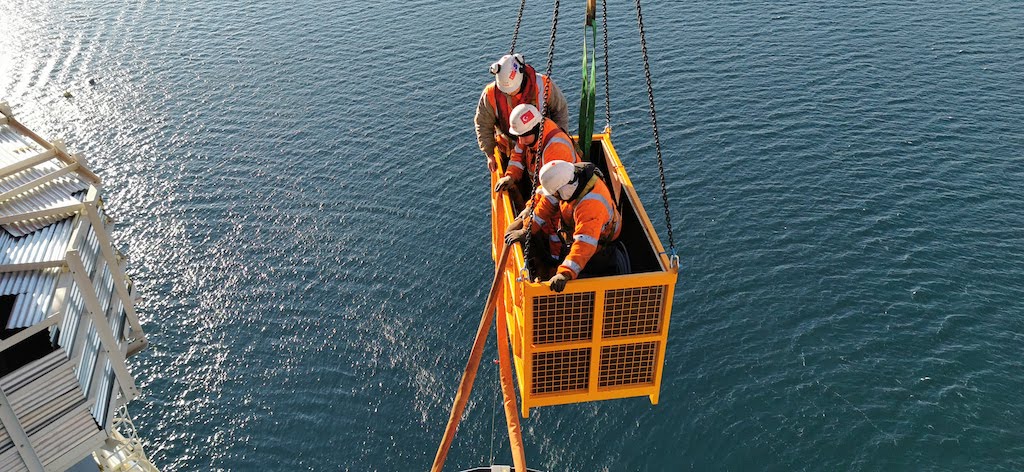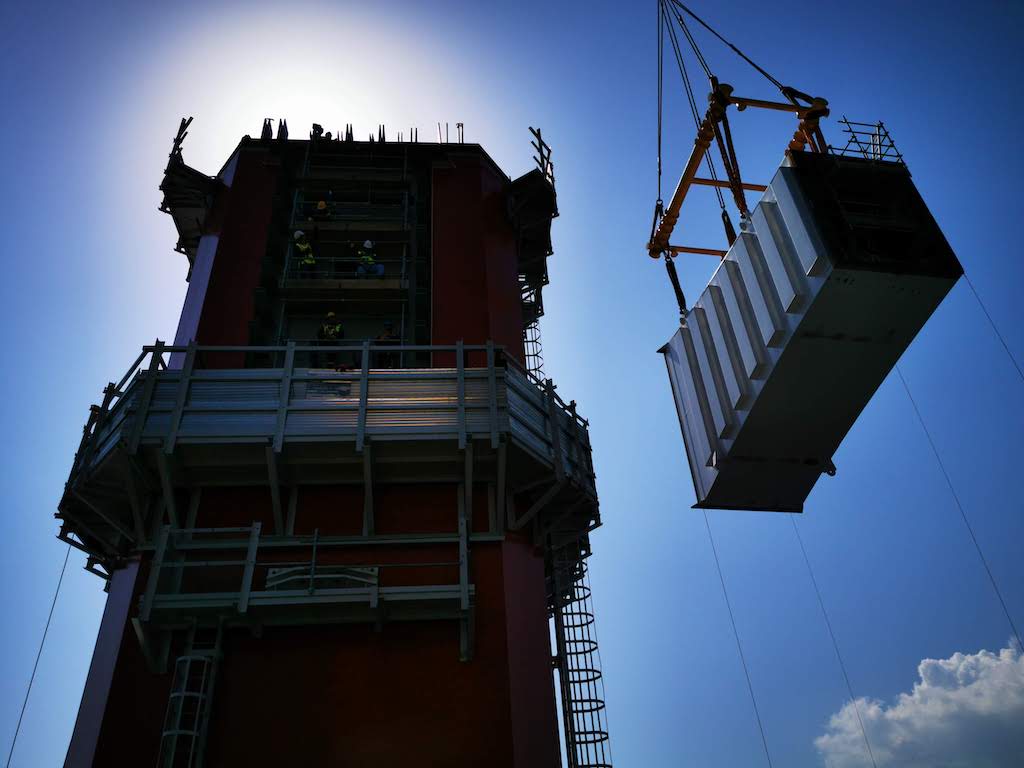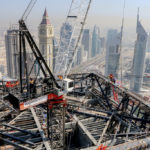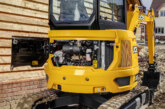Simon Marr, Managing Director of Marr Contracting discusses why the construction industry needs to think differently about craneage solutions.
One of the main challenges I see in our sector is the need to change the mind set of how craneage is procured. That’s because there is often a disconnect between the engineering and planning of a project, and how cranes integrate into the project’s construction logic.
The current approach – where the end-user issues a list of cranes required for a project, with no visibility on the logic behind how these cranes will align with the construction methodology – creates a situation where more cranes are used on already congested sites to fill the gap that should have been covered by an aligned crane logic.
Successful projects integrate a wholistic craneage solution that meets the requirements of the construction logic being adopted. That means that the architects, engineers and contractors responsible for the design, engineering and delivery of a project need to seek advice from experts in the crane industry on how a project can be supported to drive a positive outcome.
Often we will receive a call from a client who is mid-project asking for help because their current solution just isn’t working. Backfitting a crane solution is not ideal. It makes better sense to bring a crane expert onboard in the planning stages.

Craneage becomes ineffective with improper planning or too much complexity – resulting in excess cranes assigned to a project or the wrong cranes being selected. It’s important to get the balance right and that’s only possible through early engagement with project stakeholders.
A current example is our engagement on construction of the world’s longest span suspension bridge, 1915Çanakkale Bridge in Turkey. One of the highlights of this project for us has been the strong working relationship and alignment between our team and our client, Daelim–Limak–SK E&C–Yapi Merkezi (DLSY) Joint Venture partners.
Our early involvement has been key to the success of this project. Through working collaboratively with DLSY on the front-end design we were able to develop and deliver a solution using two of our M2480D heavy lift luffers (HLL) to lift heavier modularised components instead of the more traditional approach of lifting smaller components one-by-one and then welding on-site. We took what they originally planned as eight small lifts and modularised into one heavy lift. The solution met all DLSY’s requirements which was about driving down the program time, reducing cost and increasing safety on the project.
The lifting capacity of our M2480D HLL cranes – which, with a lift capacity of 330 tonnes are the largest capacity tower cranes in the world – has not only been a game changer for this project, but will also potentially change the way our industry looks at how large-scale projects can be built. We are challenging construction methodology on projects spanning metro train stations and major public infrastructure, data centres, large commercial construction, energy construction and working refineries around the world.
Marr’s philosophy is that the goal should be to reduce the number of cranes and the number of lifts on any project. We approach every project with the aim to reduce risk and complexity and ultimately, improve safety outcomes on the project. Our experience has led us to a ‘less is more’ approach. With the unique way we approach a project, we are able to design solutions that align with the project’s construction logic, and generally use 30-50 per cent fewer cranes than a typical craneage solutions provider would. The end result is consistently less congested and safer sites with time and cost savings for our clients.

Working with Multiplex on the high-profile ICD Brookfield Place site in Dubai, using one of our M2480Ds and a smaller 96-tonne capacity M860DX, the construction team were able to eliminate the number of heavy lift cranes on the job from four to two. The M2480D allowed the steel nodes of the A-frame weighing up to 85-tonnes to be lifted in a single piece. This meant that the detailed welding work could be carried out in the factory, thus improving the quality of work and weld assurance and reducing the need for extensive temporary works. It also allowed time savings and de-risked the project from both a safety and construction program point-of-view.
Our philosophy is that we don’t just hire cranes – we design them. The development and selection of our cranes are driven by project requirements so, if the right crane for a job doesn’t already exist, we’ll build one. That’s because if we were only a crane hire company, we would be limited to what manufacturers offer and what they dictate in terms of the potential of a heavy lifting system. Our R&D team based in Australia constantly works on overcoming the limitations of heavy lifting by developing new crane designs and testing new materials. By providing the right craneage solution for a project, we enable customers to better focus on the crucial aspects of construction and delivery of their projects.
One of the things I’m most excited about for our industry is how developments in technology, and particularly AI technology, is allowing us to gather real time lifting data. All our cranes are fitted with remote data logging and monitoring systems which enable us to monitor and manage them in real time wherever they are in the world. This means we are now able to see how efficiently we are using our cranes, and how they are interacting with the overall project schedule. This is helping us to drive productivity, project schedule and safety even further for our clients. And because we are solution oriented, technological development will continue to drive our team in finding new and better methodologies to tackle challenges – no matter how big or complex.









